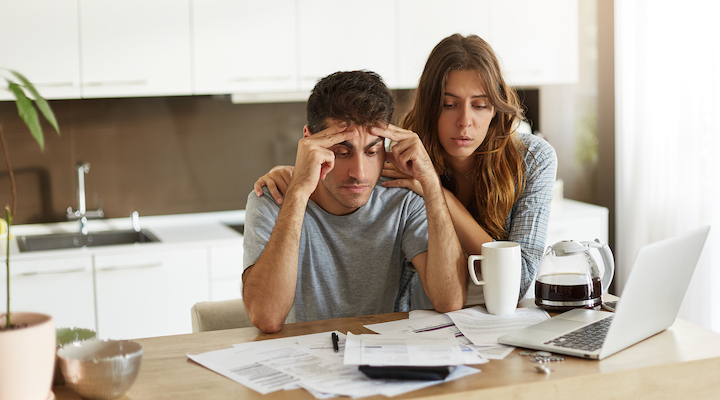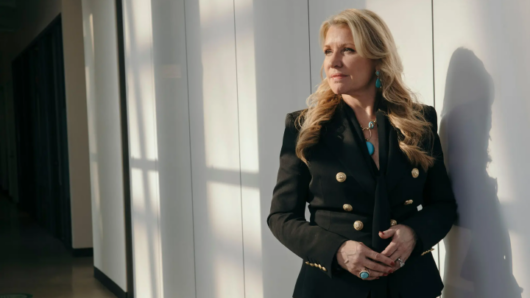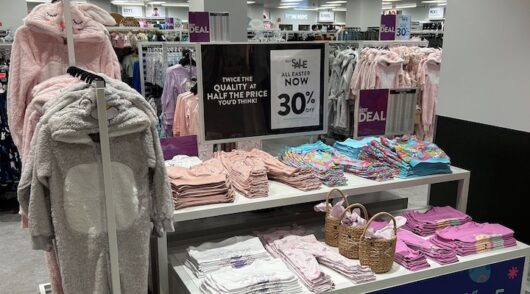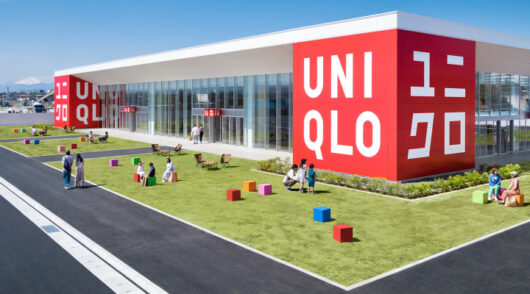In a widely anticipated move, The Reserve Bank raised the official cash rate by another 25 basis points today, taking the rate to 3.35 per cent – the highest in a decade and the ninth successive monthly increase.
Experts say January’s retail sales data will help determine whether another rate rise will follow at the same time next month.
However at least one finance industry spokesperson said the sector is already preparing for a reduction in interest rates on the horizon.
“Variable interest rates are coming down right now, plus, pricing is getting sharper and more competitive at the moment,” said Zippy Financial director and principal broker Louisa Sanghera.
“Fixed rates are also a bit more stable with some lenders even reducing fixed rates at the end of last year. Over recent months, we have seen variable rates on offer drop from 4.83 per cent to 4.63 per cent and fixed rates at about 5.29 per cent from some lenders.”
But she conceded that even though today’s cash rate increase was anticipated, it is clear that higher interest rates are starting to hurt households.
Announcing the increase, Philip Lowe, governor: monetary policy decision with the Reserve Bank, said Australian CPI inflation over the year to December 31 was 7.8 per cent, the highest since 1990. Underlying inflation was 6.9 per cent, higher than the bank expected. The Reserve Bank board is targeting a rate of between 2 and 3 per cent.
“Global inflation remains very high. It is, however, moderating in response to lower energy prices, the resolution of supply-chain problems and the tightening of monetary policy. It will be some time, though, before inflation is back to target rates. The outlook for the global economy remains subdued, with below-average growth expected this year and next,” he said.
However, the bank expects inflation to decline this year due to both global factors and slower growth in domestic demand. “The central forecast is for CPI inflation to decline to 4.75 per cent this year and to around 3 per cent by mid-2025.”
CreditorWatch chief economist Anneke Thompson said that while there are early signs that consumers are now starting to reduce spending – and businesses are far less optimistic about the year ahead compared to 2022 – the RBA “clearly wants to see some sustained evidence of a cooling economy before pausing any further cash rate increases”.
“What the RBA does next will depend heavily on January’s retail trade result. The December result showed a marked slowdown in consumer spending in all categories and states, with sales falling 3.9 per cent month on month. A fall in total sales was to be expected given that Black Saturday sales now make November the peak sales month, therefore January sales will be closely watched. Inflation also appears to be moderating, and we should see further drops in the rate of price growth as data is now being measured off 2022 figures, when price rises had already kicked in.”
National Retail Association CEO Greg Griffith described the rater rise as “irresponsible” suggesting it could cause an economic downturn “and send some small retailers into an early recession with all their competing costs”.
“Consumer spending took a nosedive in December, dropping by 3.9 per cent and breaking an 11-month streak of recorded growth. A lot of Christmas spending occurred in November, and now that we’re over the festive-season high, consumers are curtailing their spending habits. This is the perfect time for the RBA to stop, wait and watch its rate hikes take gradual effect.”
St Vincent de Paul Society of Australia national president Claire Victory described the rate increase as “another punch in the guts for Australians struggling to survive the cost-of-living crisis”.
“People on income support payments were already in distress before the current cost-of-living crisis – having to make unthinkable decisions about missing meals or essential medication just to get by,” she said.
Employment market ‘very tight’
Meanwhile, the Reserve Bank’s Lowe said the Australian labour market remains “very tight” with an unemployment rate of 3.5 per cent the lowest since 1974.
“Job vacancies and job ads are both at very high levels but have declined a little recently. Many firms continue to experience difficulty hiring workers, although some report a recent easing in labour shortages.”
As economic growth slows, unemployment is expected to increase and the bank is forecasting a rate of 3.75 per cent by the end of this year and 4.5 per cent by mid-2025.






